As President-elect Donald Trump is expected to ramp up tough economic measures against Chinese goods, prospects are looking bright for South Korean display makers.
According to data from the Korea Display Industry Association, South Korea's share of the global display market will reach 33.4% in 2023, following China's 47.9%.
Since losing the top spot to China in 2021, the gap between the two countries has widened due to the rise of Chinese businesses.
With Chinese display makers dominating the LCD market, Korean companies have been quick to reduce their dependence on the technology and switch to OLED, as they are still years ahead of their rivals. However, the OLED gap between the two countries has narrowed as Huawei, Xiaomi, Oppo, etc. have increased their use of domestically produced displays.
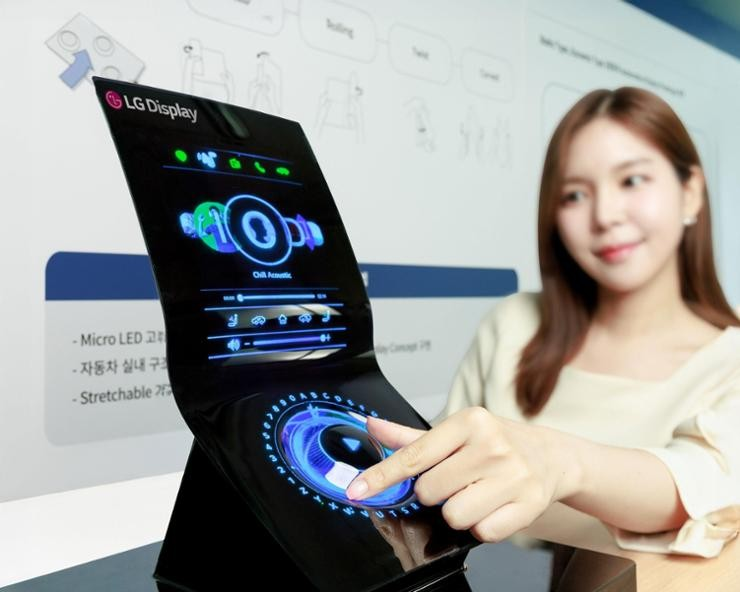
Data from market research firm Omdia shows that Chinese companies accounted for 49.7% of global OLED shipments in the first quarter, surpassing South Korean companies (49%).
A year ago, South Korea and China's respective market shares were 62.3% and 36.6%. Thus, the 25.7% gap has been reversed in just 12 months.
President-elect Donald Trump has vowed to impose a 60% tariff on Chinese imports and a 10 to 20% tariff on goods from other regions, which may give Korean manufacturers a breath of relief.
Responding to the Korea Times, an unnamed Korean official said that the OLED competition is mainly based on Apple devices as the US company continues to seek to cut costs by using screens from BOE (China).
If Mr. Trump does impose tariffs on Chinese goods, companies like Samsung Display and LG Display will have a price advantage over BOE.
In an effort to improve cost efficiency, Apple has chosen BOE and LG Display as display suppliers for the iPhone SE 4. It is likely that BOE panels will be used for the main iPhone line.
If BOE is hit with high tariffs, Apple may reconsider its decision to add BOE to its supply chain and change the panel supplier for the iPhone SE 4.
Along with Mr. Trump's victory, the Republican Party's victory in the US Congress is also a signal for Korean display manufacturers.
On September 24, John Moolenaar – Chairman of the US House Select Committee on China – called on the Pentagon to blacklist Chinese OLED and LCD manufacturers, especially BOE.
In a letter to Secretary of Defense Lloyd Austin, he cited data showing that China's LCD production capacity has increased from 0% in 2004 to 72% today, and other countries' companies have had to withdraw from the market because they cannot compete. This is also happening in the OLED market, from 1% in 2014 to 51% today.
Industry officials estimate that if the Trump administration imposes tariffs on Chinese goods, it will repeat the Huawei story.
In 2019, the world's largest telecommunications equipment company sold 241 million smartphones but dropped sharply to 4.3 million in 2021 after Mr. Trump signed an executive order in May 2019, blocking the company's access to American technology.
The overall outlook for Korean display makers is positive in a second Trump term, but not having a presence on US soil is also a potential risk.
After scaling back production in China, Samsung Display's assembly operations rely mainly on its Vietnamese factory.
LG Display was also recently licensed to increase its investment capital by another $1 billion in its factory in Hai Phong.
(According to Korea Times)
Source: https://vietnamnet.vn/man-hinh-han-quoc-co-the-huong-loi-khi-ong-trump-danh-thue-hang-trung-quoc-2343537.html


![[Photo] Close-up of Vietnam's sniffer dog team searching for earthquake victims in Myanmar](https://vstatic.vietnam.vn/vietnam/resource/IMAGE/2025/4/1/d4949a0510ba40af93a15359b5450df2)

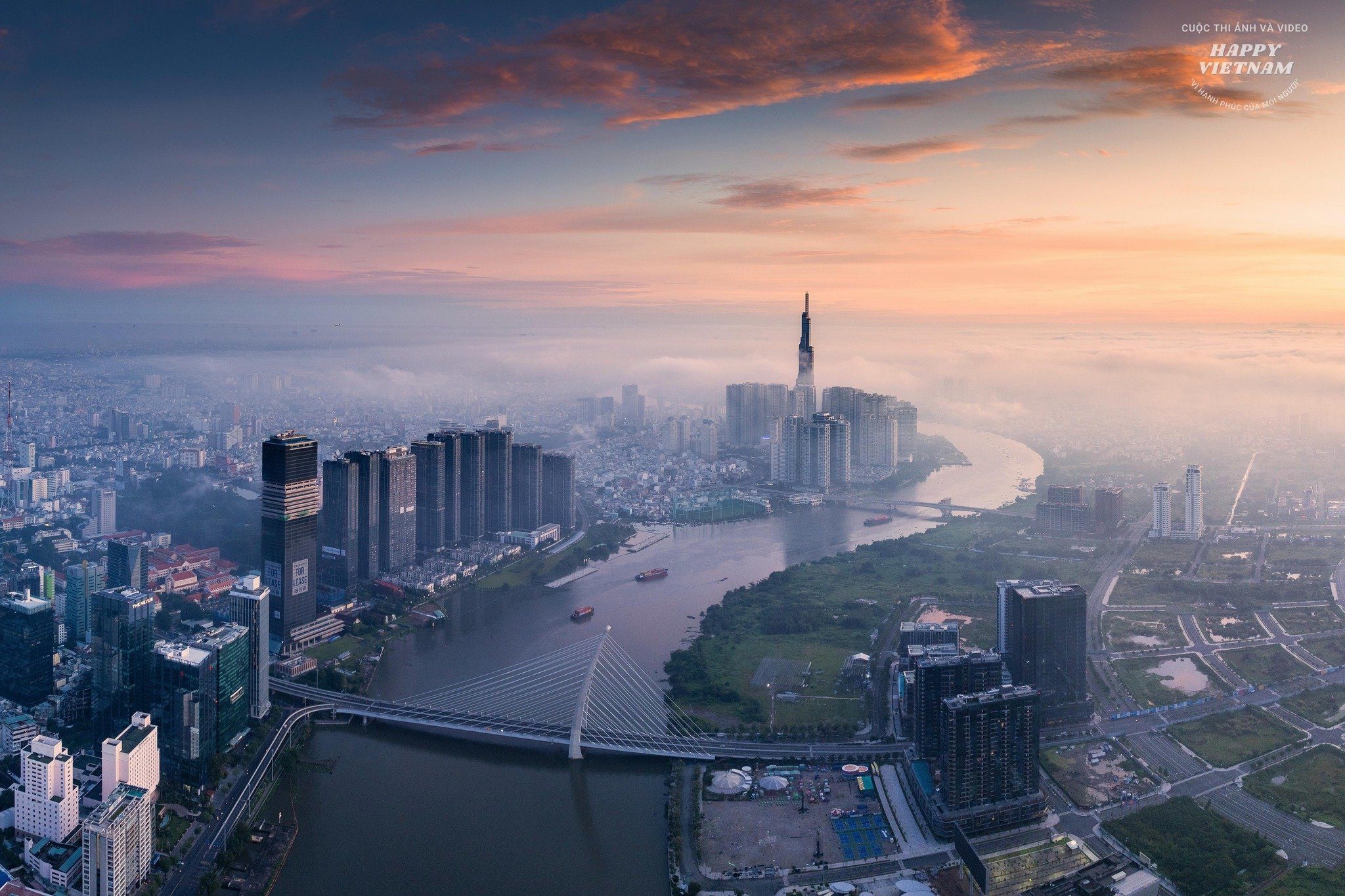
![[Photo] Prime Minister Pham Minh Chinh meets with King Philippe of Belgium](https://vstatic.vietnam.vn/vietnam/resource/IMAGE/2025/4/1/be2f9ad3b17843b9b8f8dee6f2d227e7)
![[Photo] General Secretary To Lam receives King Philippe of Belgium](https://vstatic.vietnam.vn/vietnam/resource/IMAGE/2025/4/1/e5963137a0c9428dabb93bdb34b86d7c)
![[Photo] President Luong Cuong and King Philippe of Belgium visit Thang Long Imperial Citadel](https://vstatic.vietnam.vn/vietnam/resource/IMAGE/2025/4/1/cb080a6652f84a1291edc3d2ee50f631)
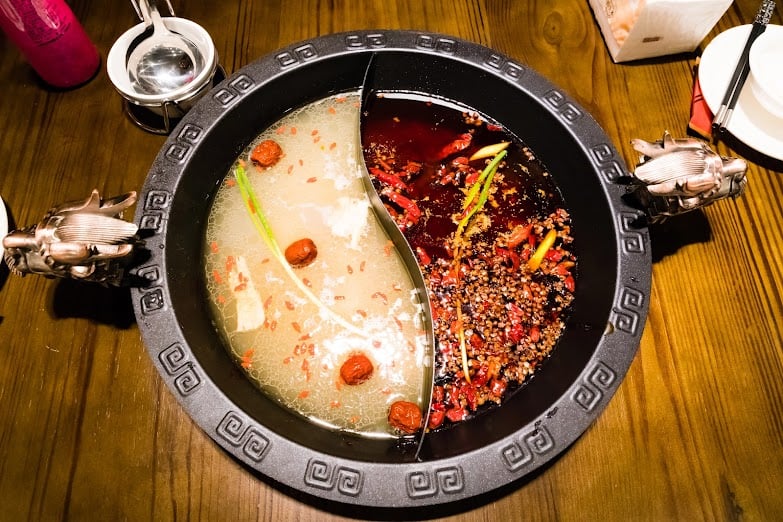


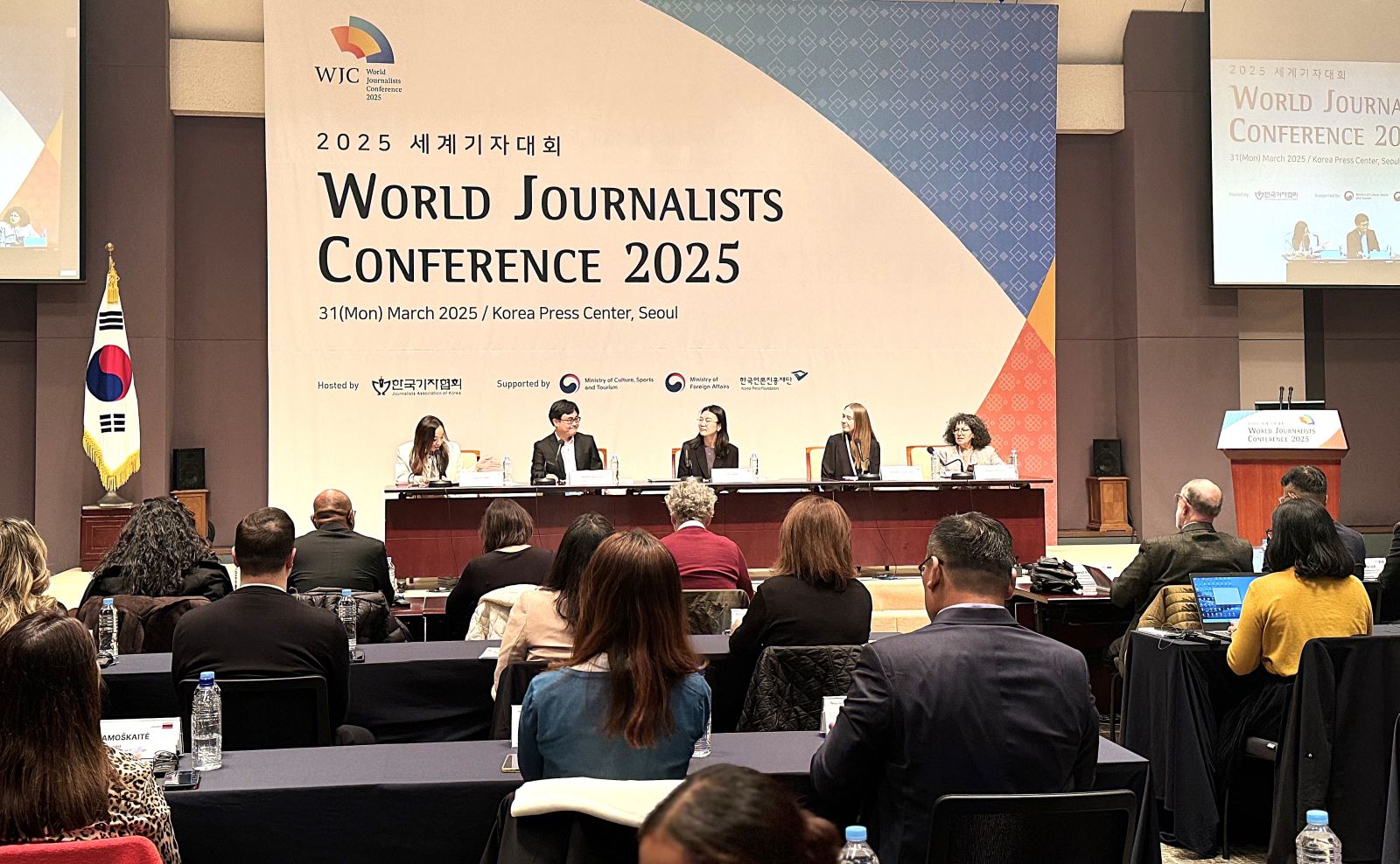

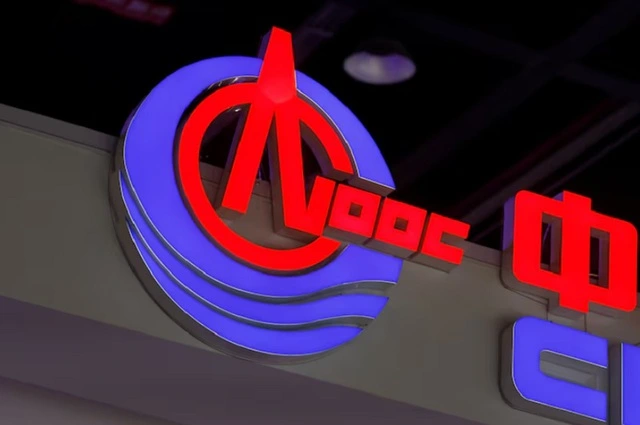














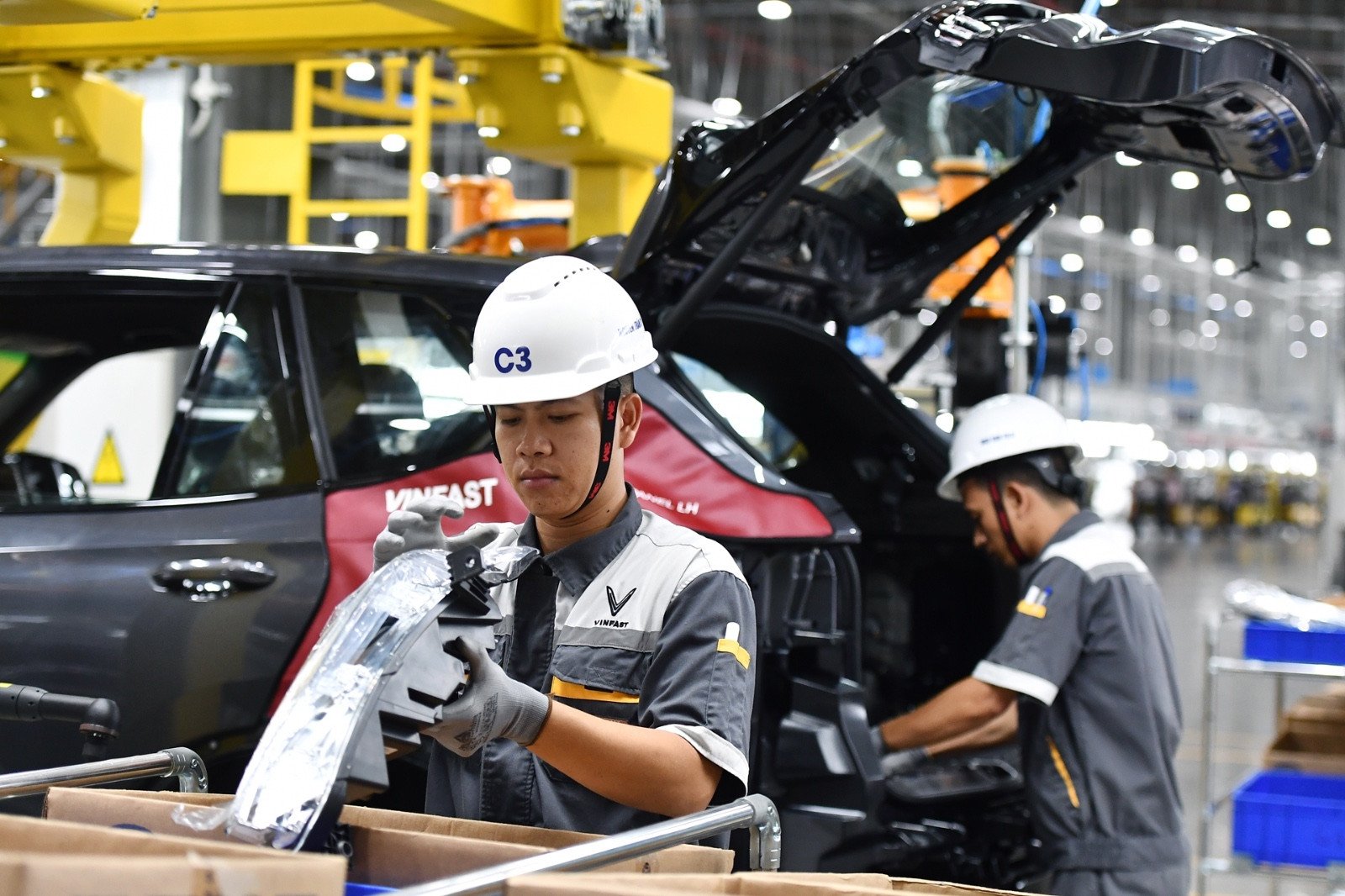

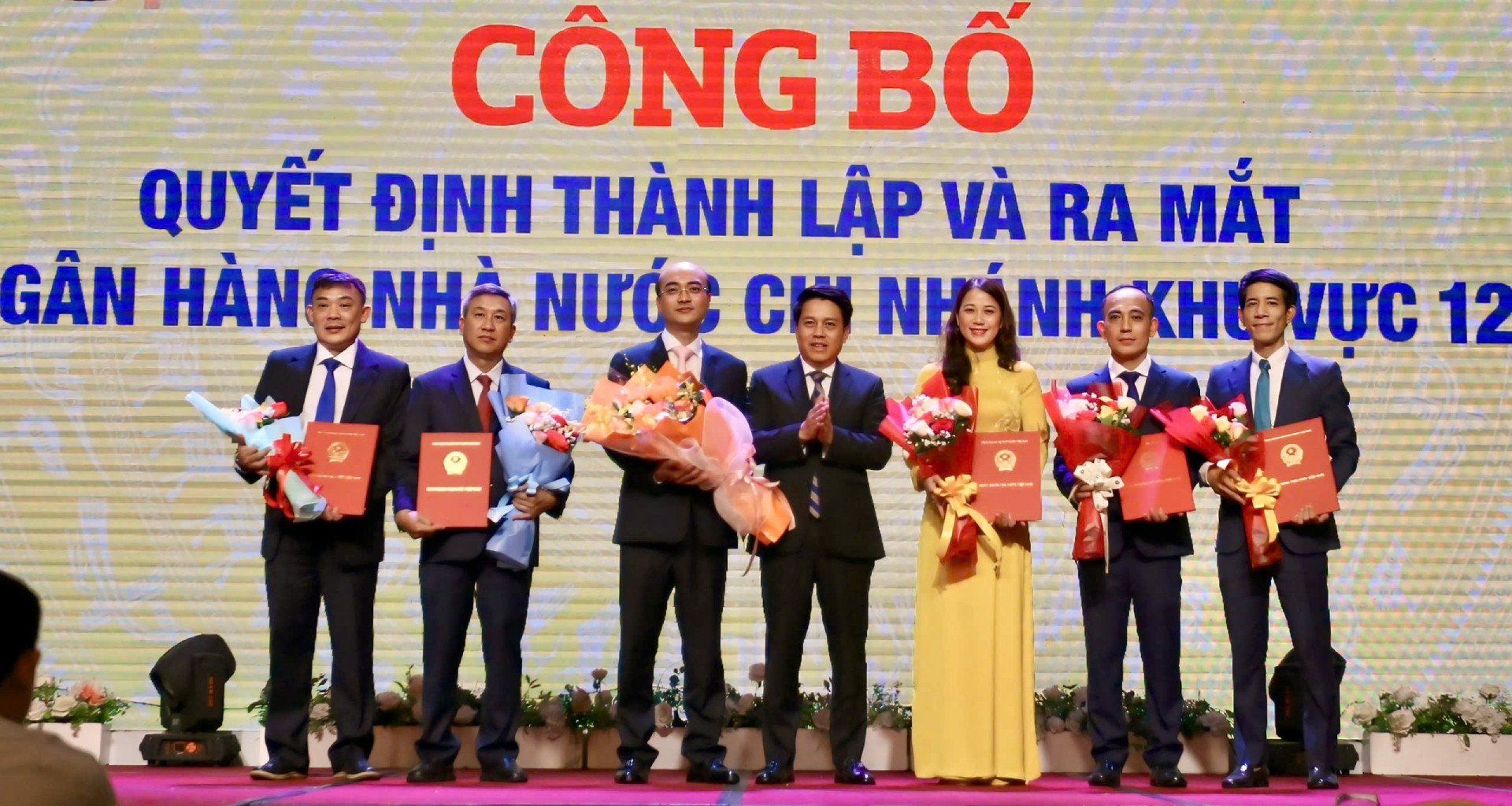
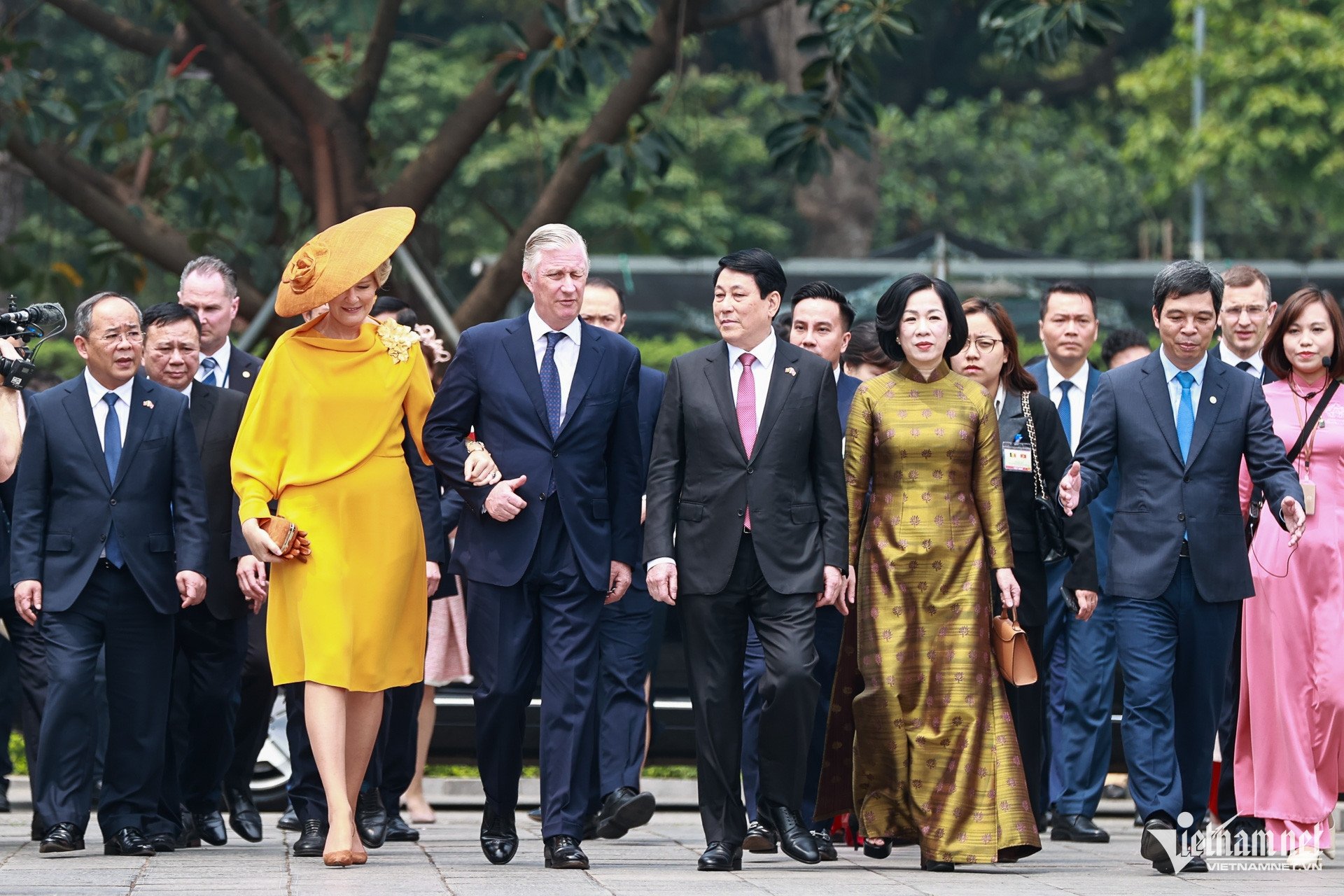
































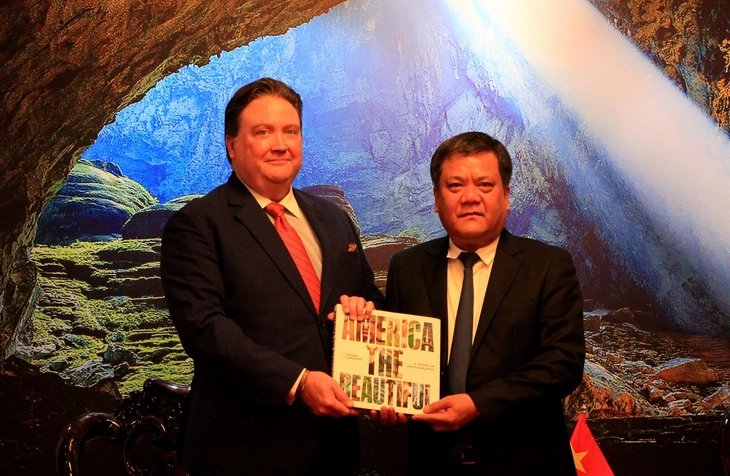

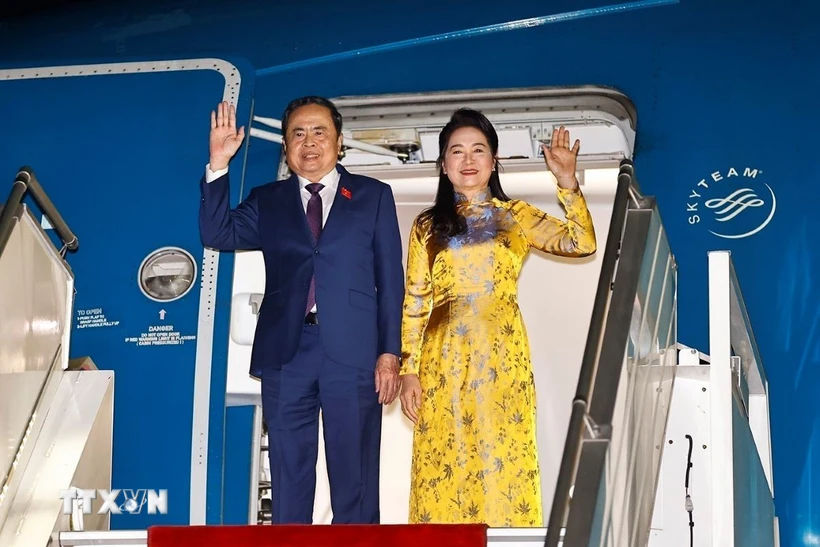
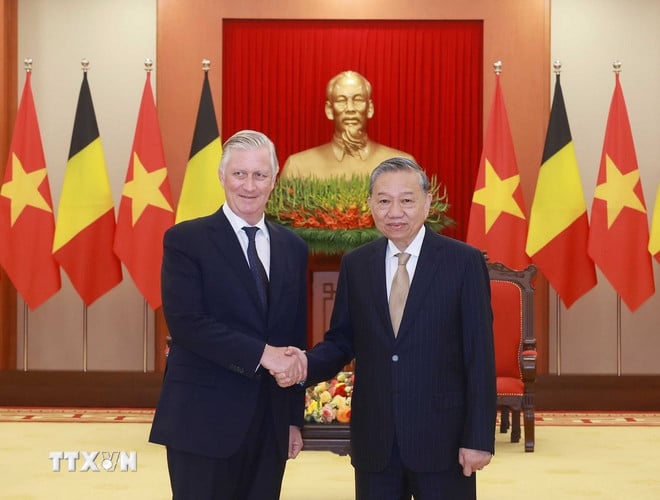



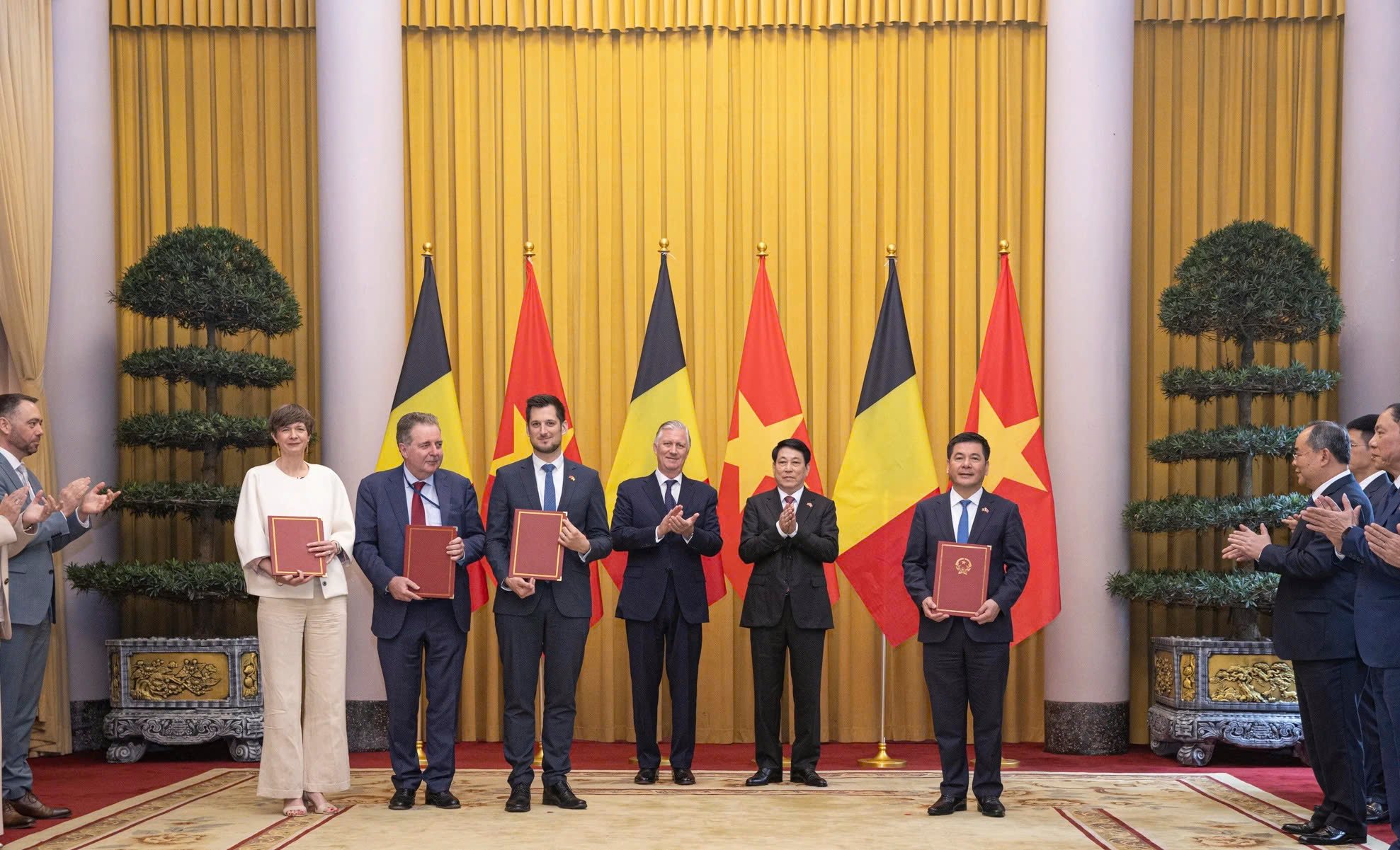




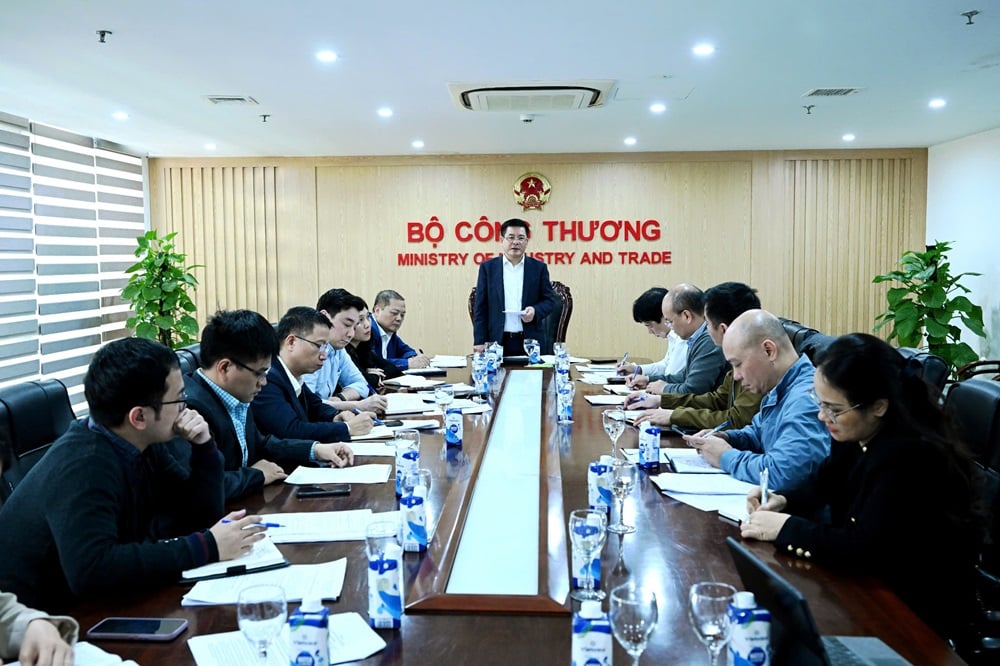





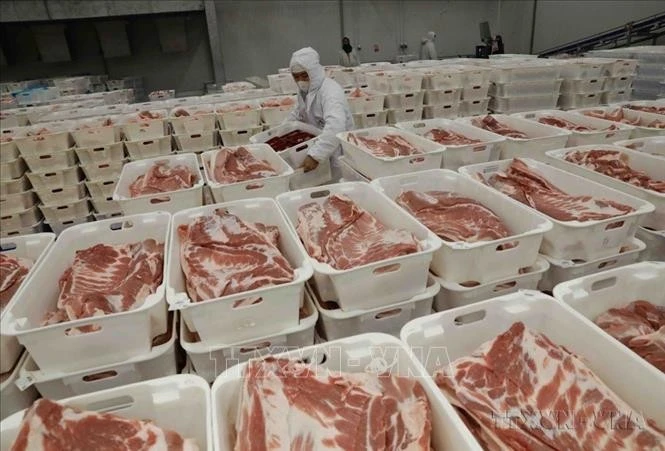








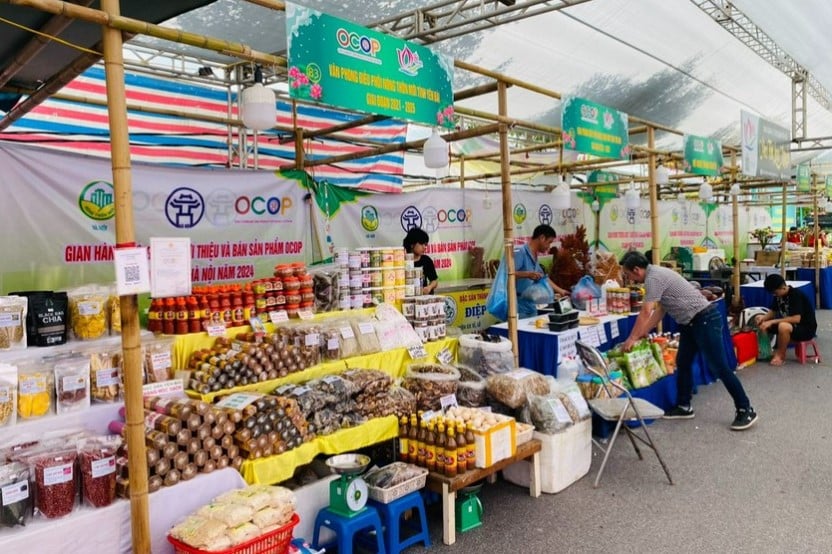
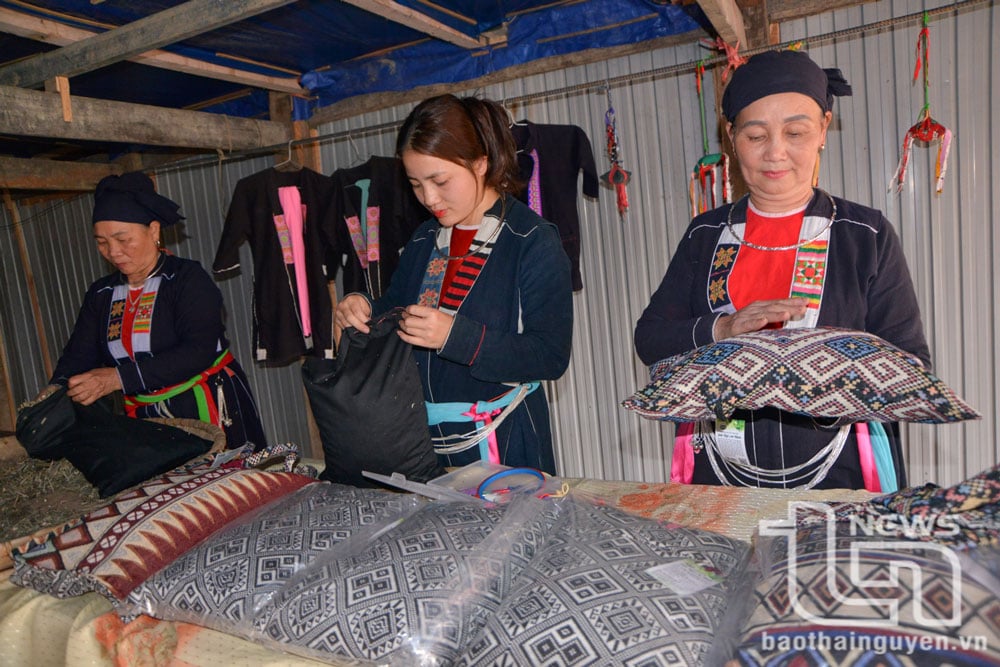



Comment (0)